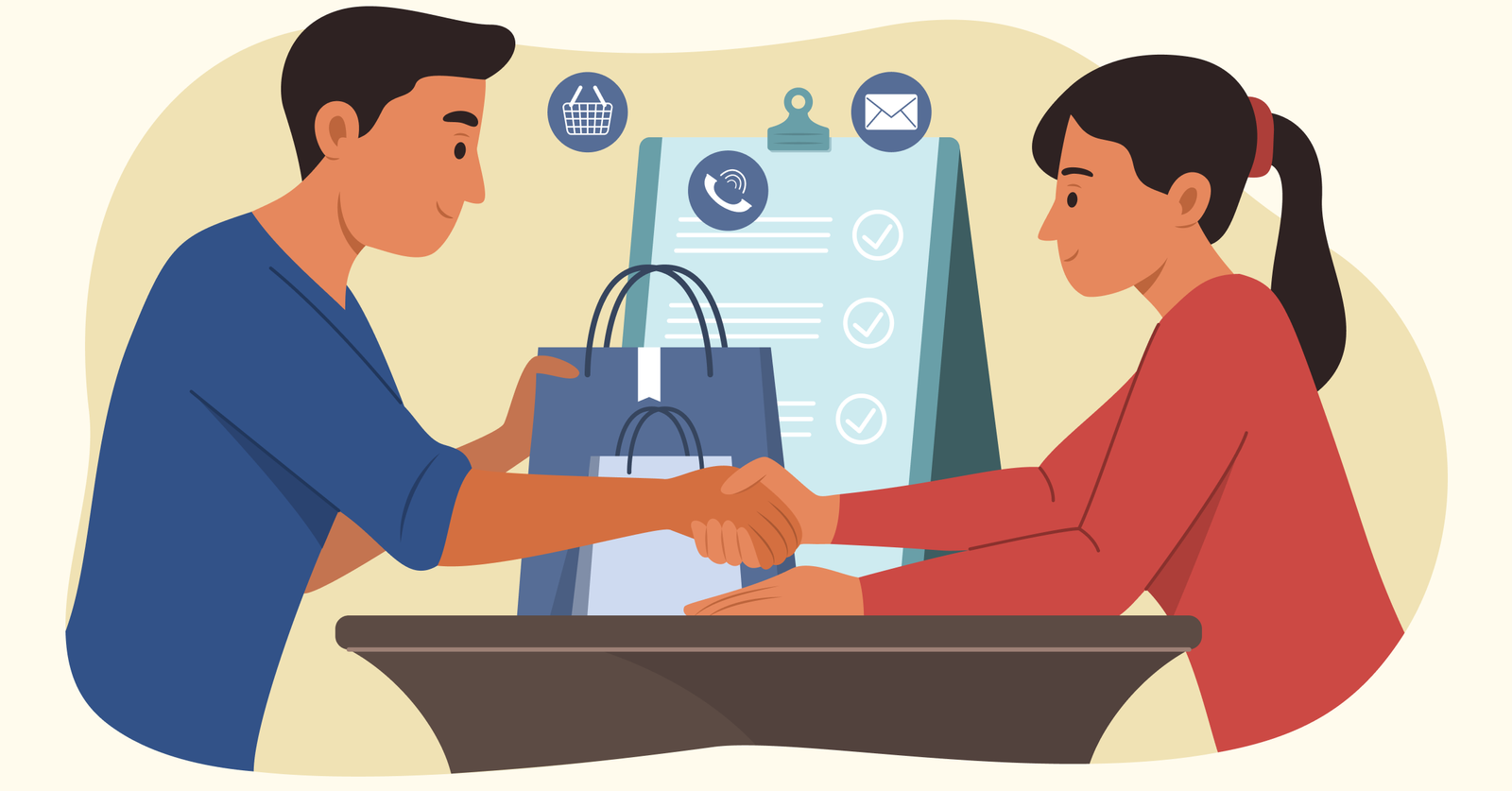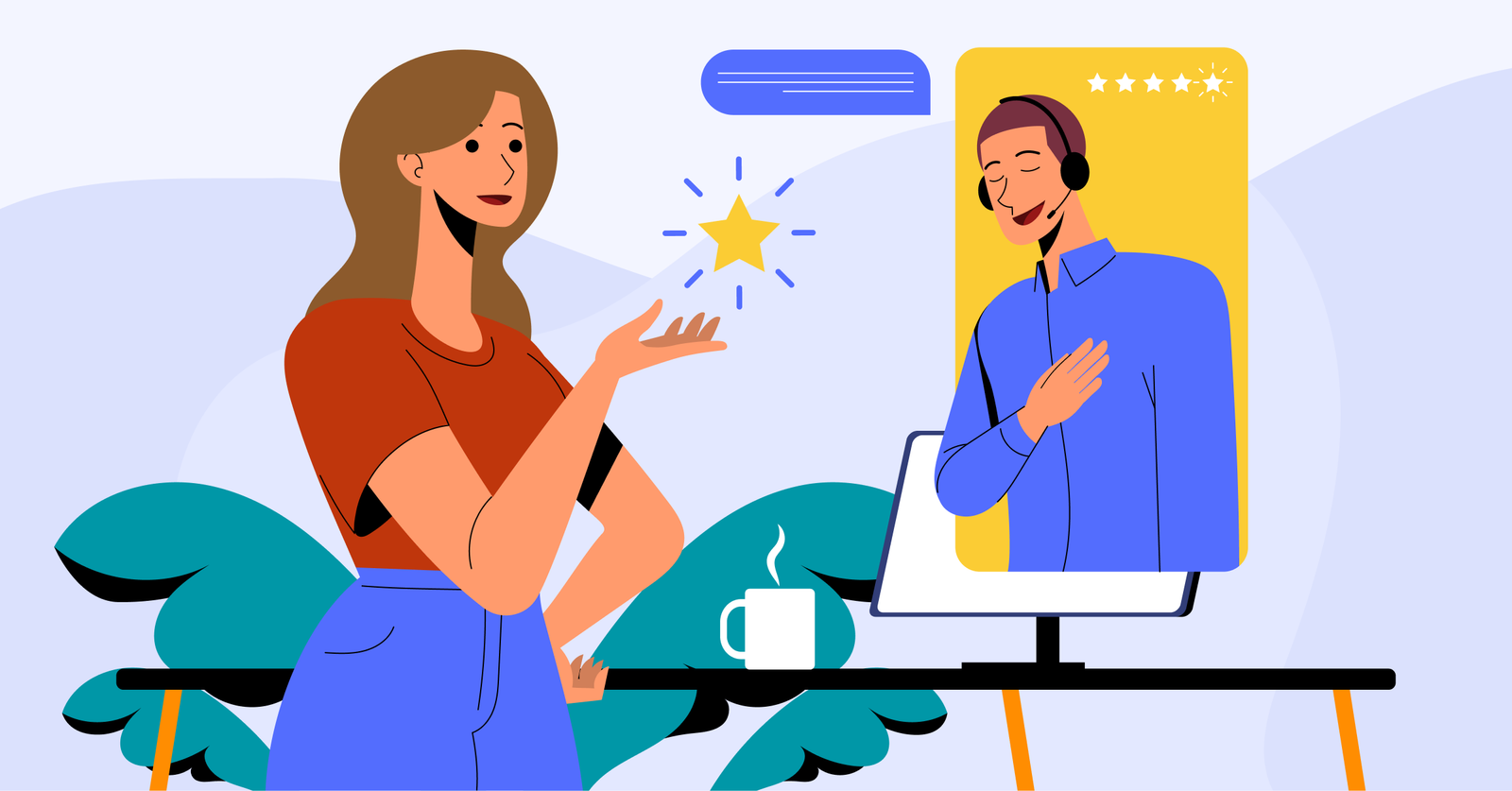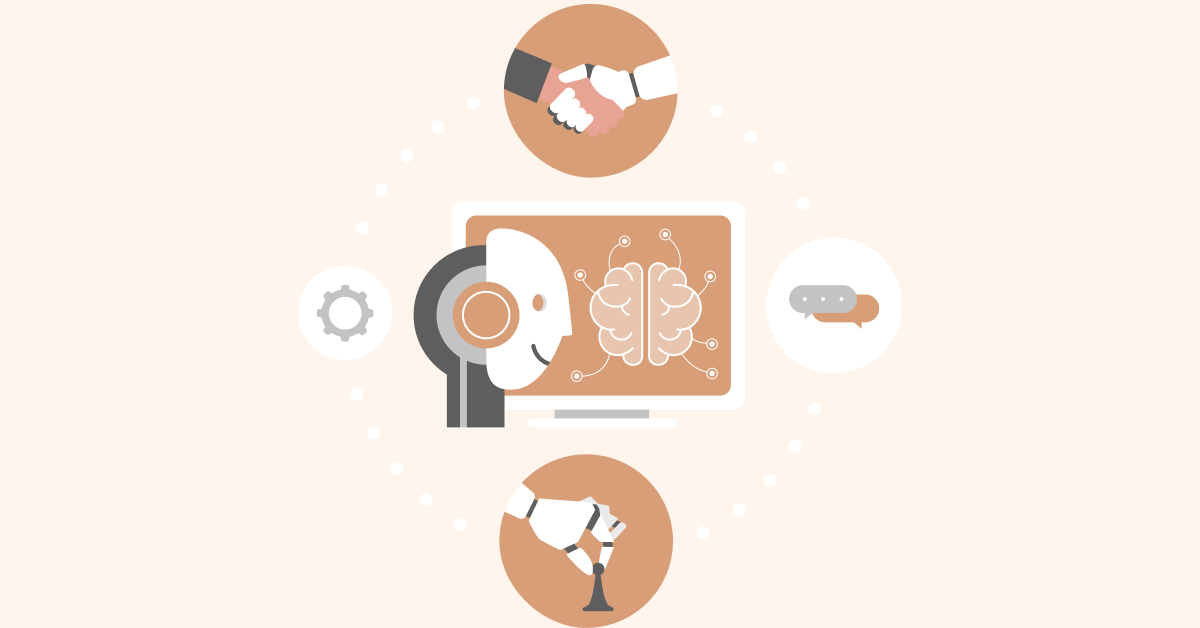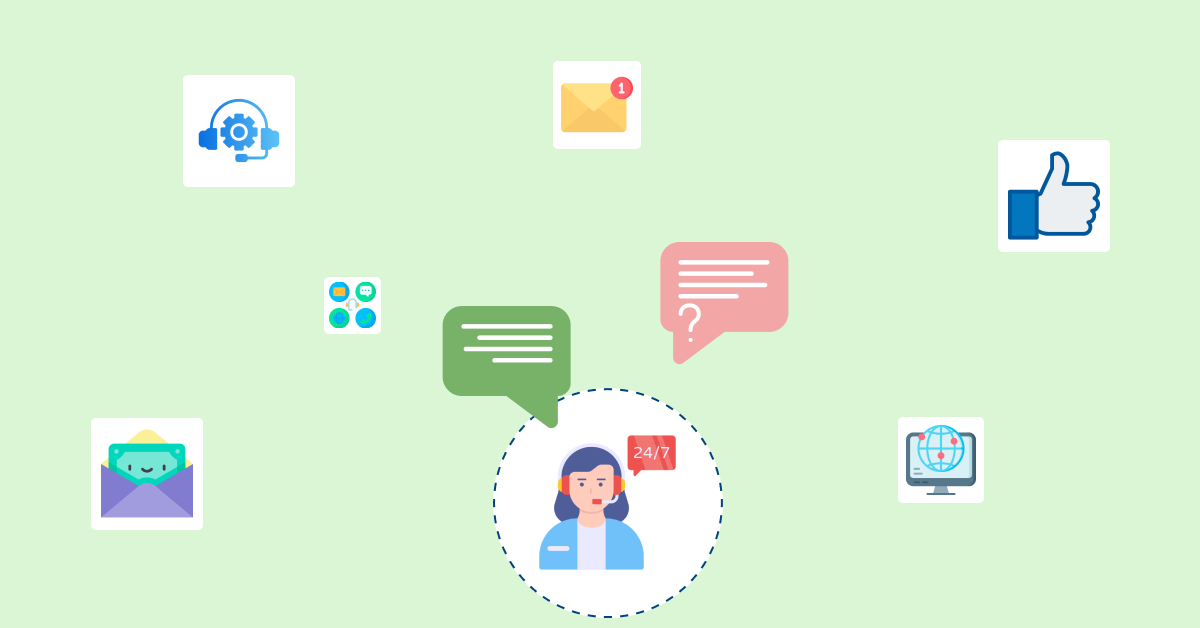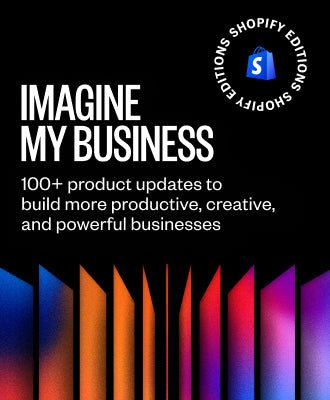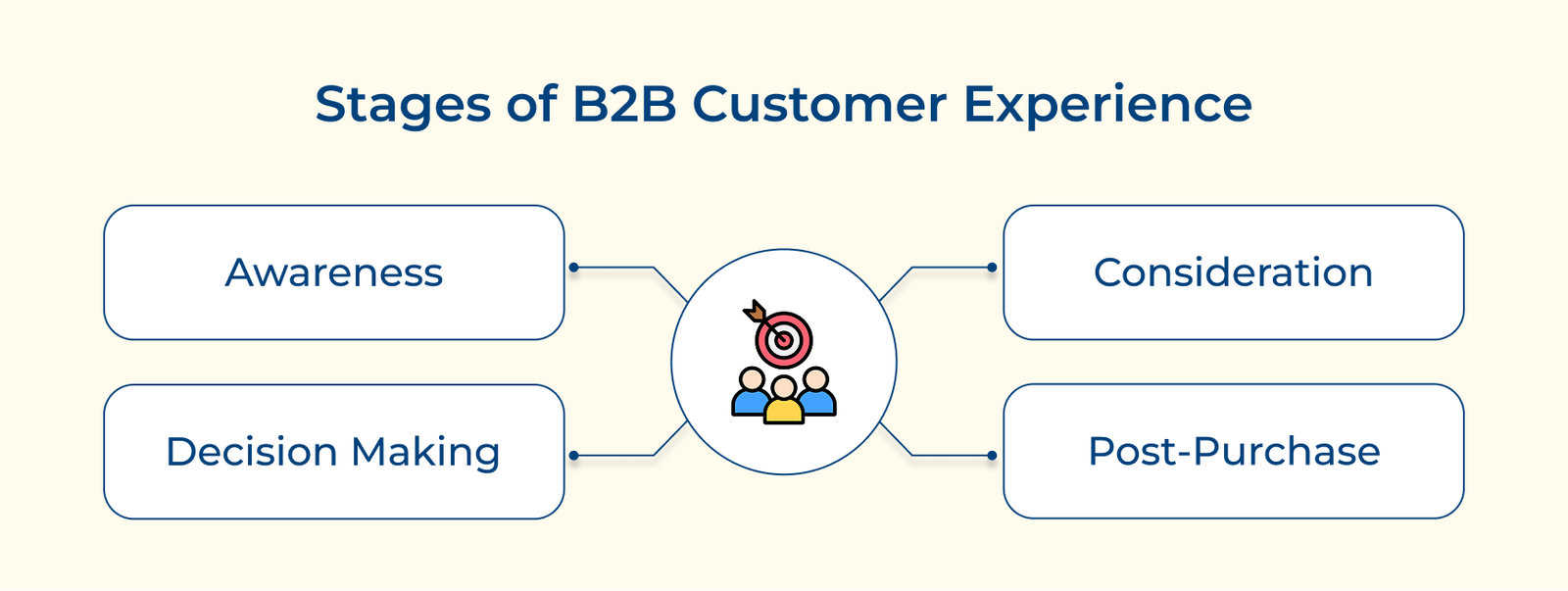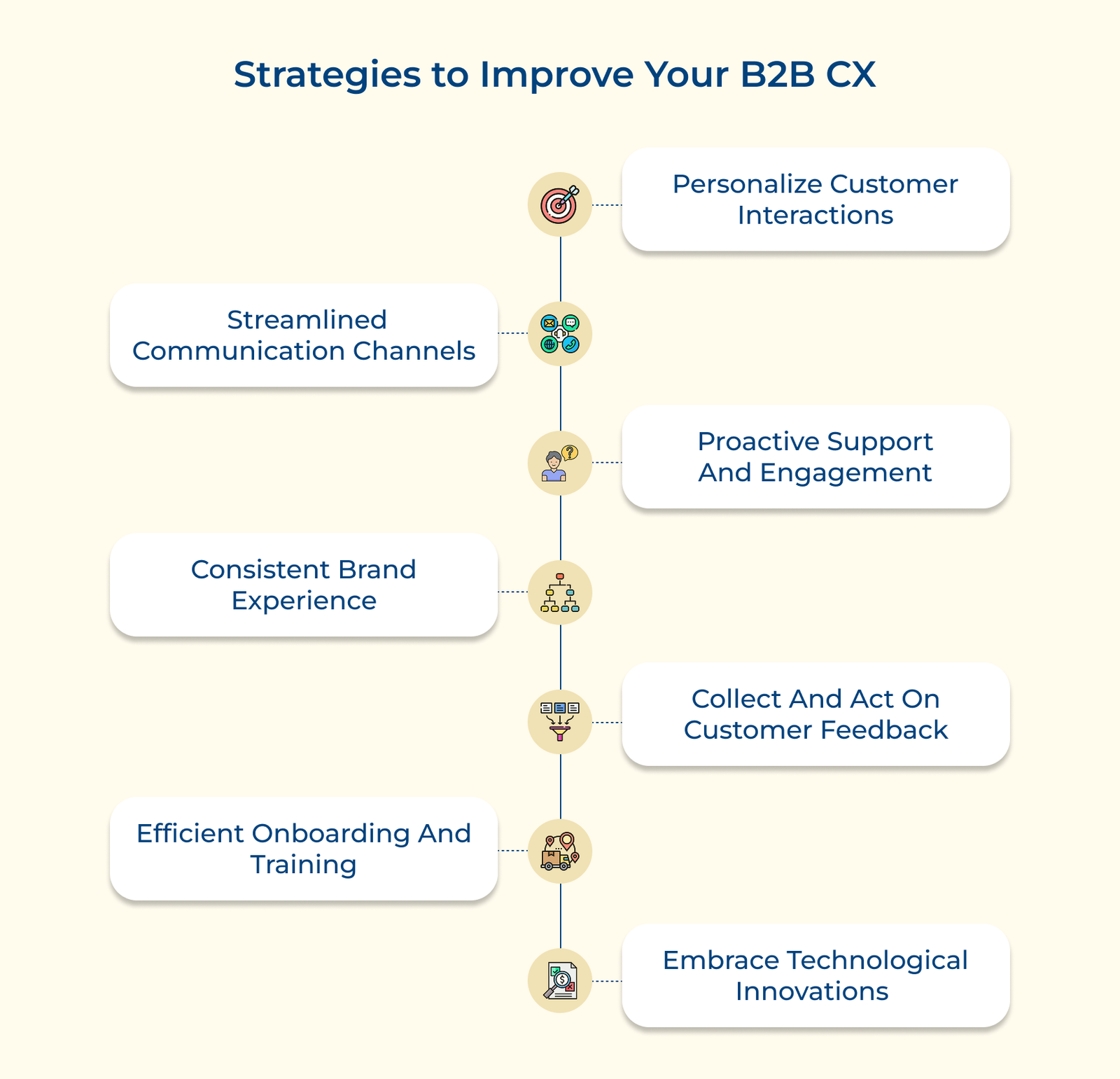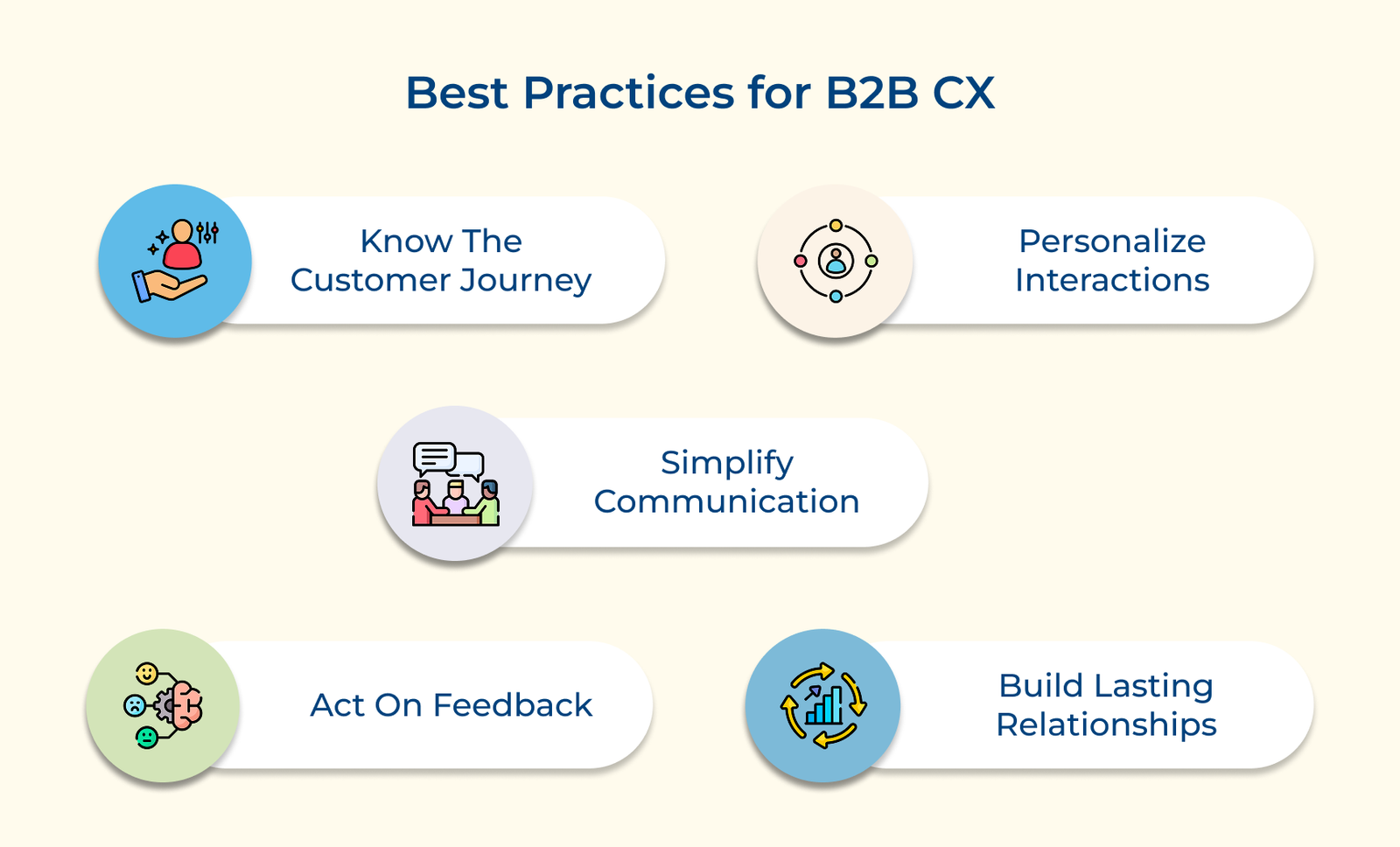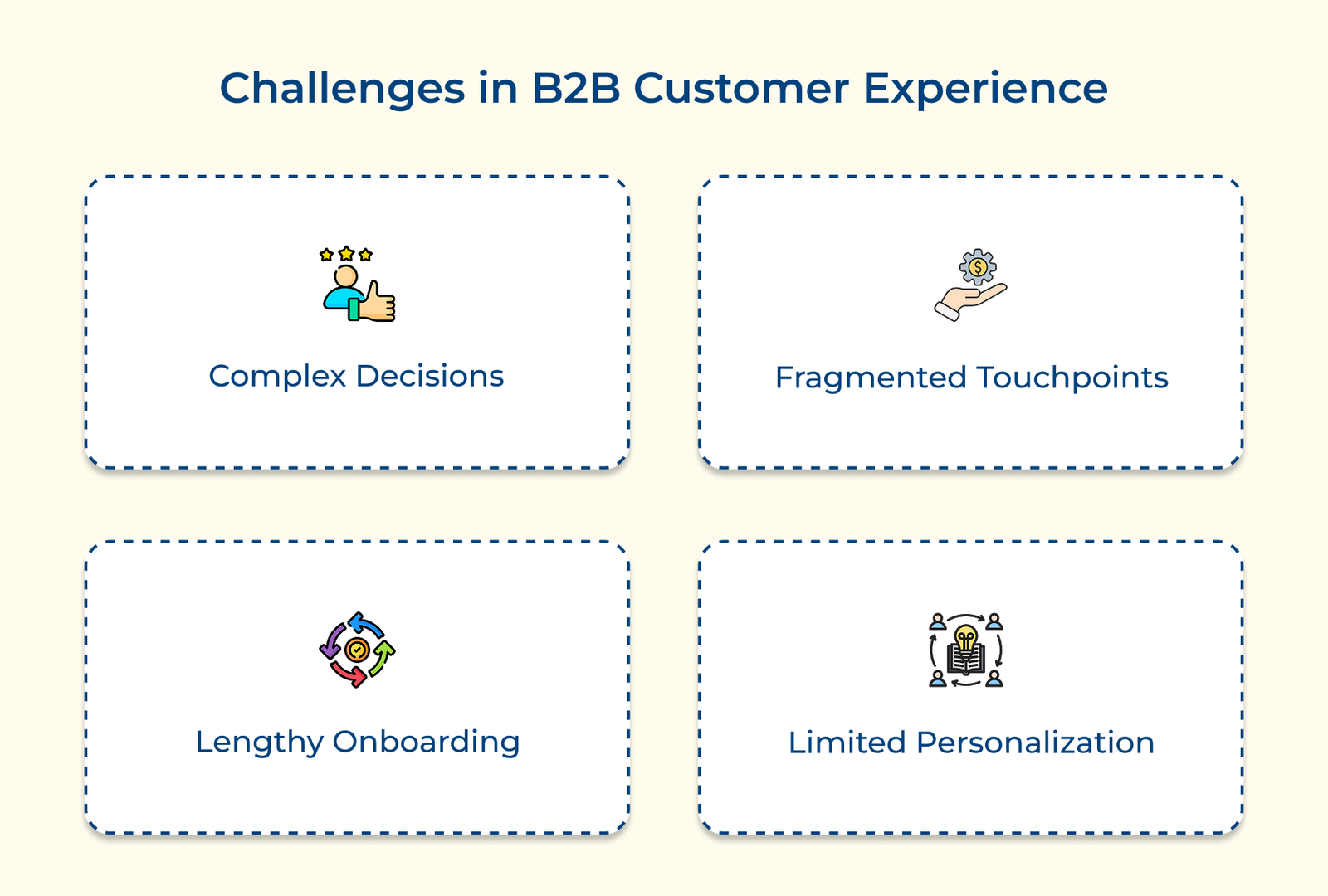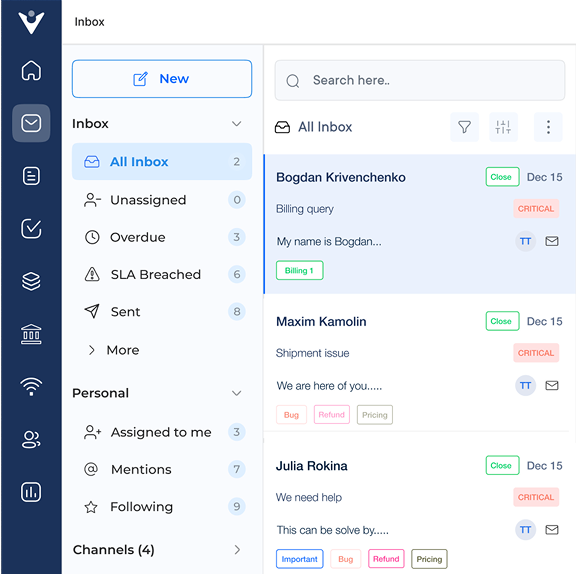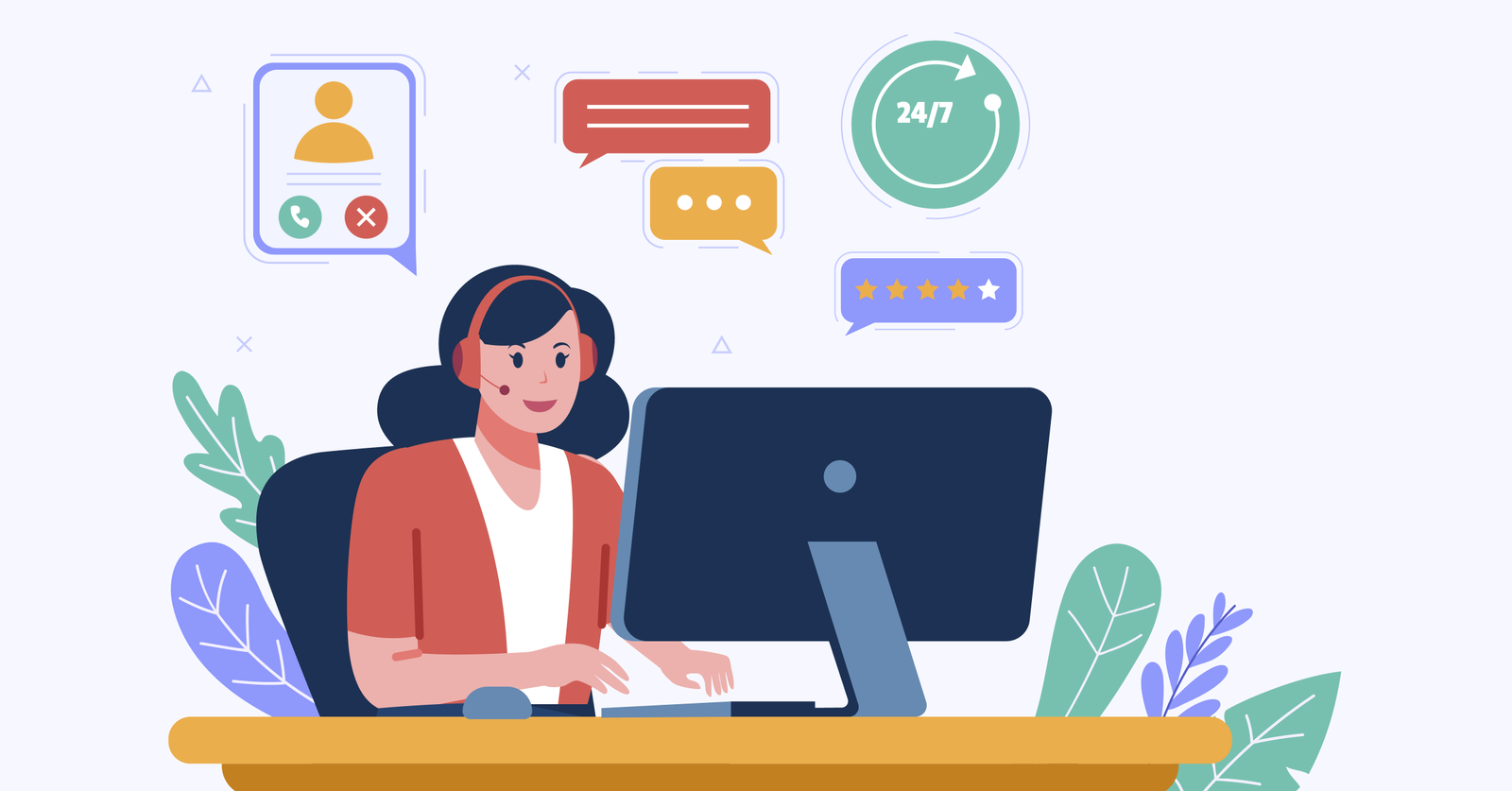1. Personalize Customer Interactions
Personalization means adapting the experience to each customer’s needs. You can offer relevant recommendations, useful communications and solutions by recognizing their preferences. 72% of B2B customers expect a fully or mostly personalized shopping experience.
Let’s take the example of a software company. They can use a CRM system to track customer interactions and preferences. The data can then be leveraged to personalize communications and suggest relevant products or services.
Pro tips:
- Gather insight through surveys, feedback and interaction history.
- Use automation tools to send emails and content matched to customer interests.
- Equip support teams to suggest solutions that fit individual needs rather than one-size-fits-all responses.
2. Streamlined Communication Channels
Customers should be able to reach your business easily through various channels such as email, phone chat or social media. A unified system helps provide quick, consistent responses and prevents frustration from scattered communication.
Actionable tips:
- Use a CRM to manage communication across every channel in one place.
- Train support teams to respond quickly and consistently, no matter the channel.
- Monitor social media to catch and respond to inquiries or feedback in real-time.
3. Proactive Support and Engagement
Proactive support means anticipating customer needs and addressing issues before they become problems. The approach reduces frustration, builds trust and shows customers you’re invested in their long-term success.
Best practices:
- Spot issues early: Track performance along with the usage patterns to detect potential problems and reach out with solutions before disruptions occur.
- Check in regularly: Hold scheduled reviews or check-ins to discuss satisfaction, upcoming needs and how your solution is performing.
- Share helpful resources: Provide updates, guides or insights that match customer interests so they can get more value from your product.
Let’s assume that if a software company sees a client nearing storage limits, it can reach out in advance with upgrade options and migration support. It will prevent downtime and reassure the customer that their needs are being watched closely.
4. Consistent Brand Experience
A consistent brand experience means customers see the same messaging, visuals and service quality no matter how they interact with your business. The consistency builds recognition, strengthens trust and sets clear expectations at every stage of the relationship.
Key questions:
- Does our brand identity reflect our core values and what makes us different?
- Are customer-facing teams using the same messaging and communication style?
- Do we have clear guidelines for visuals, tone and interactions?
- Have we mapped all the places customers encounter our brand?
The questions help identify gaps between current practices and desired consistency standards, ensuring comprehensive preparation before launching any brand alignment initiatives. Think of it like conducting an orchestra, where every department needs the same sheet music. Create a brand guide and train every team member to deliver a unified voice across all customer interactions.
5. Collect and Act on Customer Feedback
Listening to customers and making changes based on their input is one of the most effective ways to improve B2B customer experience. It shows that you take their needs seriously and are willing to adapt to serve them better.
Let’s assume that an e-commerce platform uses customer satisfaction surveys and feedback forms to gather insights. The detailed insights they will get will help them deliver better user experience and address pain points.
Key takeaways:
- Run regular surveys to measure satisfaction and highlight problem areas.
- Close the feedback loop by acknowledging suggestions, acting on them and letting customers know what changed.
- Invite select customers to advisory boards or beta-test new features before they go live.
6. Efficient Onboarding and Training
A strong onboarding process and practical training give customers the confidence and skills they need to use your product effectively. The goal is to make the learning curve as smooth as possible so customers can see value quickly.
Pro tips:
- Design a clear onboarding path that walks customers through the essentials in manageable steps.
- Provide training resources like videos, guides and FAQs that customers can access anytime.
- Run regular webinars or online sessions to explain new features and answer common questions.
7. Embrace Technological Innovations
Adopting new technology can make customer interactions smoother, improve efficiency and create more relevant experiences. Modern B2B buyers expect practical digital tools that help them move faster and make better decisions.
Key innovations:
- AI Chatbots: Handle common questions quickly, connect customers with the right specialists and improve support by learning from each interaction.
- Customer data platforms: Combine data from different touchpoints into one view so teams can communicate more effectively and offer tailored solutions.
- Virtual reality demonstrations: Let customers explore products in detail, such as trying out complex machinery without needing to be on-site.
- Predictive analytics: Spot behavior patterns, anticipate future needs and suggest solutions before problems arise.
A manufacturing equipment company uses VR headsets to let prospects virtually operate machinery, experiencing functionality firsthand before making purchasing decisions. They start with small pilots that address key pain points, then scale successful tools while training staff thoroughly during the rollout.
Best B2B Customer Experience Examples
Below are some of the best B2B customer experience examples that show how companies create lasting value through thoughtful interactions and support.
1. Change Healthcare: Reviving Struggling Accounts
Change Healthcare, a leading healthcare technology company, turned at-risk accounts into some of its strongest performers. It carefully identifies pain points and addresses them with targeted solutions.
They rebuilt client trust through clear communication, proactive support and steady follow-up. The result was not just higher satisfaction but also renewed growth, showing how attentive customer care can transform struggling accounts into long-term partners.
2. Johnson Controls: Growing Through Customer Focus
Johnson Controls is a prime example of how prioritizing customer experience can drive growth in the B2B sector. They have successfully positioned themselves as a leader in the industry with a focus on creating innovative solutions for their customers.
Johnson Controls has built strong relationships and earned the trust of its customers by understanding its clients’ needs. Owing to which they have been able to deliver customized offerings effectively. Their commitment to exceptional customer service has not only resulted in repeat business but also generated positive word-of-mouth referrals.
3. Tetra Pak: Turning Feedback Into Action
Tetra Pak shows how technology and customer feedback can work together to improve B2B relationships. Their system quickly analyzes responses, pinpoints issues and guides improvements in their solutions.
The company not only keeps customers satisfied but also ensures it continues evolving based on real client needs. Their example highlights how acting on feedback promptly can build stronger partnerships and loyalty over time.
Best B2B Customer Experience Tools
Check out the tools that can transform how businesses engage with their clients, streamline operations and build lasting relationships that drive sustainable growth.
1. Veemo
Veemo functions as a comprehensive customer engagement suite that includes sales, marketing automation and support tools in one unified platform. The all-in-one solution eliminates data silos between departments. It enables B2B organizations to deliver consistent customer experiences while maintaining complete visibility across every stage of the customer lifecycle journey.
Key features:
- Unified ticketing: Collects customer questions from email, phone, chat and social media in one place, making it easier for agents to track, prioritize or resolve issues.
- Smart workflows: Automate routine tasks and follow-ups based on customer activity or ticket status, reducing repetitive work for teams.
- Knowledge base: Offers a self-service library with FAQs, guides and troubleshooting resources that help customers solve problems quickly on their own.
- Analytics and reports: Tracks response times, resolution rates, customer satisfaction and team performance, giving managers the insights they need to improve.
- Collaboration tools: Allow teams to share notes, customer profiles and tasks so they can work together smoothly.
2. Omni24
Omni24 is a customer experience platform built for B2B organizations, combining live chat, chatbots and email management into a single interface. It enables consistent professional customer experiences across digital touchpoints.
Key features:
- Omnichannel hub: Manage live chat, email and social messaging in one place without losing conversation context or switching tools.
- AI-chatbots: Automate routine questions, qualify leads and escalate complex issues to human agents while maintaining consistent communication.
- Visitor intelligence: Access real-time insights on website visitors, including behavior and company details, to personalize conversations.
- Custom chat widgets: Create branded chat interfaces with routing rules and department-specific messaging tailored to business needs.
- Analytics dashboard: Track response times, conversation volumes and satisfaction ratings to optimize team performance.
3. HubSpot Service Hub
HubSpot Service Hub is a unified customer service platform that brings together ticketing, knowledge management and feedback collection. Support teams can resolve issues efficiently using live chat, automated workflows and a centralized help desk, ensuring consistent service across every customer interaction.
B2B Customer Experience Best Practices
The following are the key B2B CX best practices to help you excel in the highly competitive industries:
